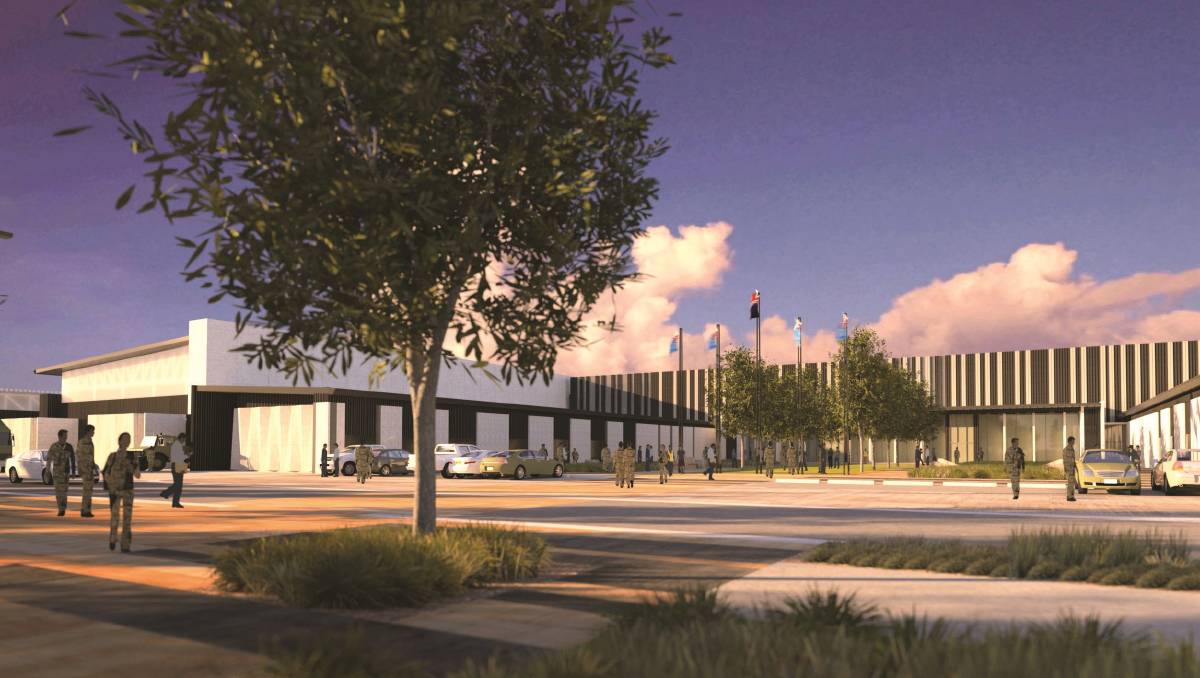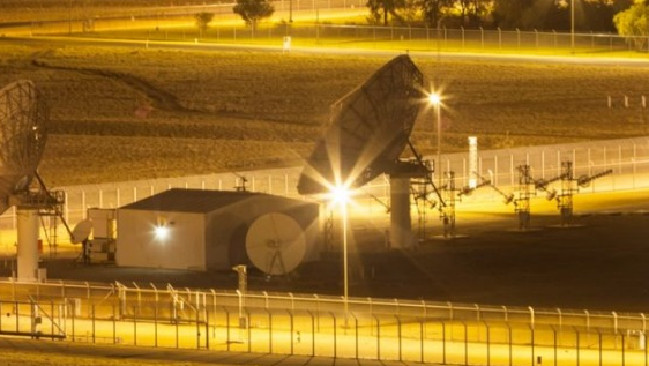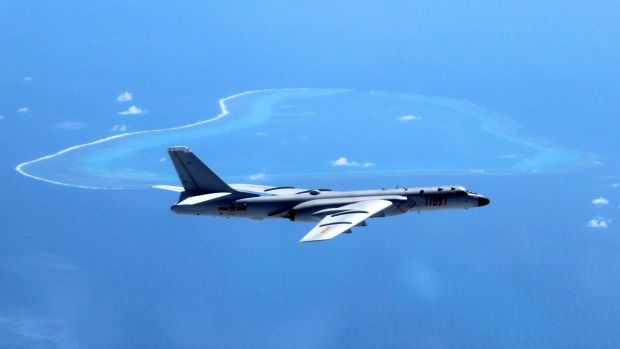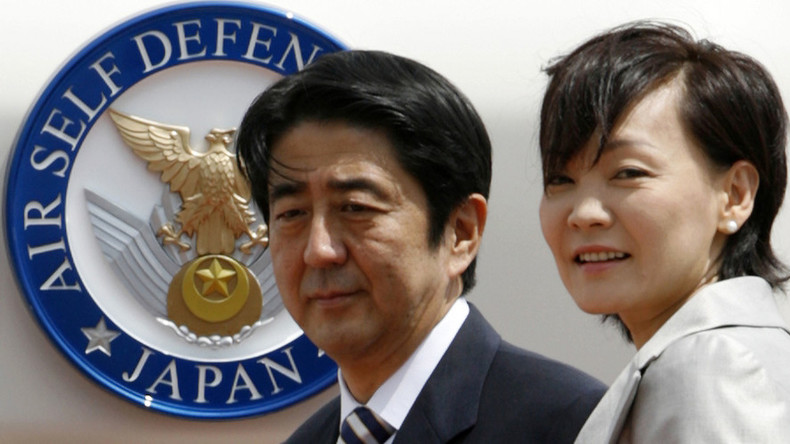
“I don’t want Tindal to become like a US military base where they have their own shops and services so people don’t need to come to town,” Katherine MP Sandra Nelson said.

“I don’t want Tindal to become like a US military base where they have their own shops and services so people don’t need to come to town,” Katherine MP Sandra Nelson said.

“In the centre of Australia we have Uluru and nearby its ‘evil twin’.”

Former Defence official and now head of Strategy International, Ross Babbage, said the US had limited basing options in Asia. "As a consequence, the Chinese know damned well they can target these facilities and do a lot of damage in the early hours of a clash. That could include, and many people think would include, some places in Australia."

Nearly three quarters of US military resources in Japan are located on the small archipelago to the south of most of Japan’s islands, and residents say they have long been inconvenienced by the base, which was constructed following the country’s defeat in World War II.

Construction started in 2007, and two helipads were completed by 2014. But work to build the four other helipads was suspended after opponents blockaded the path. On July 11, the day after Upper House election, the defense bureau started preparations to resume the project.